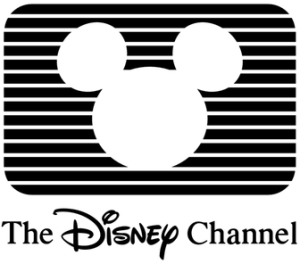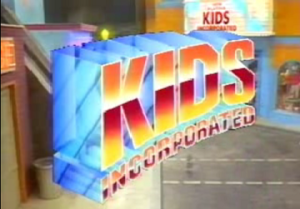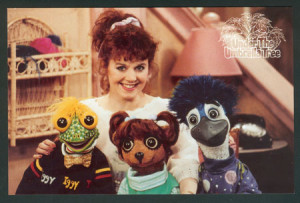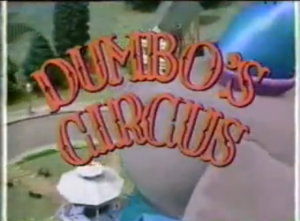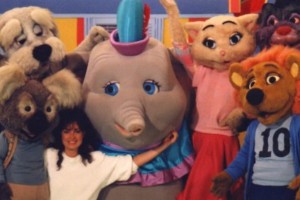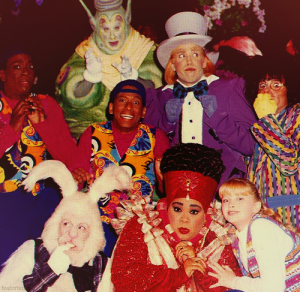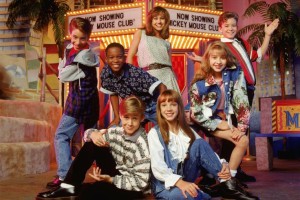Alright, now if there’s anything you’ve gathered from reading my articles over the past two years, it’s that I watched entirely too much television growing up. Instead of concentrating on reading, practicing sports, or even learning an instrument, I spent way too many afternoons glued in front of the TV screen. For better or worse, it would get really interesting during the summertime when I had off from school or when I played hookey due to doctor’s appointments. While my love for Nickelodeon and Fox Kids mostly consisted of afterschool and primetime programming, I needed something to consume during the daytime other than Nick Jr. It was at this time when I turned to another child oriented network, the Disney Channel.
I watched the Disney Channel periodically up until about 2003 with Even Stevens and Lizzie McGuire being the last shows I actually followed. I still catch some episodes of their original programming to this very day due to having a young nephew but I remember some of the classic kids shows they used to air during the daytime when I stayed home from school. Most of these programs included singing and dancing so In hindsight, it’s weird I never dabbled in a career of songwriting or choreography!
Today’s generation might know Disney for producing the likes of Miley Cyrus (Hannah Montana), Selena Gomez ( Wizards of Waverly Place) and Demi Lovato (Sonny With a Chance) but as you read on, you’ll find this is something that’s been happening on the network for decades now. It’s ridiculous seeing the amount of actors and musicians who got their start there.
One of the very first Disney Channel shows I witnessed growing up was Kids Incorporated. It was about a singing group that consisted of a group of friends who dressed up in the most colorful 80s and early 90s fashions. Most of the principal cast were talented musicians in their own right, some even releasing their own material while taking part in the show. They would hang out, learn life lessons and most importantly, perform. The kids would often sing and dance to contemporary hits. Most times they would kill it, other times, it would make for some awkward television looking back. I briefly mentioned this in a previous article but there was an episode where the kids did a rousing rendition of Billy Idol’s Dancing With Myself (which is about masturbation). But hey, what young kid at the time knew what that number was really about?
Kids Incorporated was the first show on the network to help crank out future stars. Browsing the opening credits of season six, you might recognize two names right off the bat: Stacey Ferguson and Love Hewitt. Well, Ferguson is better known as Fergie, a platinum-selling solo artist as well as a member of the Black Eyed Peas. She joined the show at its inception at the age of nine and is unrecognizable. Love Hewitt, of course, is actress and singer, Jennifer Love Hewitt. Actor, Eric Balfour, was featured in one season in 1991 and Anthony Harrell was introduced at the tail end of its run, in 1993. He would go on to star as Eric Little a few years later in Saved by the Bell: The New Class.
Kids Incorporated ran for an impressive nine seasons. The first two seasons ran in syndication after its producers unsuccessfully shopped it to major networks thinking a home run was in store. In 1986, Disney got their hands on it and became a major hit. it remained in its programming schedule until its finale in 1994.
Under the Umbrella Tree (1986-1993)

Like Kids Incorporated, Under the Umbrella Tree wasn’t actually produced by Disney, but by the CBC network in Canada. It premiered in 1986 in the Great White North but finally reached the states on the Disney Channel in 1990. This children’s program starred adult Holly Higgins as she moves into a new apartment later to be joined by three roommates. These were aren’t any ordinary people, no these were living, breathing, talking animals. She shares the living space with a blue jay named Jacob who sleeps in a bird house in the back yard, an iguana named Iggy who takes shelter on an empty shelf, and a gopher named Gloria who lives in a burrow in the apartment’s umbrella tree houseplant. The puppeteers were in top form to breath life into these three characters who learned important rituals and everyday tasks of humans such as reading and telling time, sometimes even through song. Holly was the dominating leader and role model who guided the others to properly function in a human dominated society.
This didn’t run for a half hour like most programming, but 15 minutes uninterrupted. As a kid, I always wondered why there were so many commercials following UTUT.
This live-action spin-off from the popular Disney animated flick showcased the titular character all grown up and in his very own circus. He can now talk and has an entourage of buddies, most notably his sidekick, Lionel. I definitely don’t remember catching Dumbo’s Circus in its original run since I would have been four when it ended but a recurring theme in most Disney channel shows is that repeats aired years after their all the episodes aired. This one would be a mainstay on the network well into the late 90s. It would come up in the wee hours of the morning so I would usually catch this and Nickelodeon’s Mr. Wizard’s World before heading off to elementary school.
It was mind blowing to me that Dumbo could actually speak since it was one of my favorites films as a toddler.
Adventures in Wonderland (1992-1995)
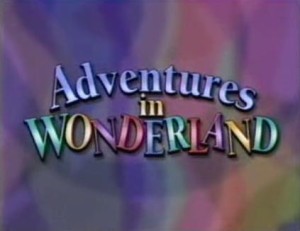
Years before Tim Burton took Alice in Wonderland to the silver screen in his quirky vision, the Disney Channel produced an episodic musical series based on the popular novel in the early 90s. The show focused on a suburban teenager named Alice who normally tried to figure out the solution to a problem in her life, usually relating to her household or at school. To find the answer, she travels to the vibrant world of Wonderland by walking through her bedroom mirror. Here, she is joined by the land’s ruler, the Red Queen and her assistant, the rollerblading man-like Mr. Rabbit. All the familiar Alice in Wonderland characters are here but in different variants thanks to masterful costuming and makeup: The Mad Hatter is a friendly man in a purple suit and top hat, Tweedle Dee and Tweedle Dumb are a funky dancing duo, the March Hare is a man with glasses, whiskers, and large rabbit ears, Dormouse lives in a tea cup, and the Caterpillar, along with the Cheshire Cat make cameos as well. Alice would visit all of her friends who were all going through problems not dissimilar to her own. After returning home at the end of each episode, should would find the answer to each predicament she was in. Also, Alice’s family never wondered where she was or even knew that she was gone which I always found strange.
There was a Halloween episode, “A Wonderland Halloween” where the characters all told ghost stories and it scared the living daylight out me as a kid. Upon re-watching, it’s still a genuinely creeping episode!
By the way, Alice was played by Elisabeth Harnois, who you might know as Morgan Brody of CSI fame.
The All-New Mickey Mouse Club (1989-1995)
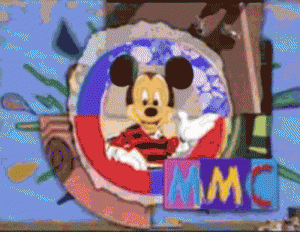
I feel like the Mickey Mouse Club’s popularity and success is overshadowed these days by the amount of future megastars it churned out. Yes, we all know the kid’s variety program breeded the likes of Britney Spears, Keri Russell, J.C. Chasez, Christina Aguilera, Justin Timberlake, and Ryan Gosling but the show actually has a more rich history than that.
The Mickey Mouse Club actually first debuted on-air on ABC in 1955. It ended its first run four years later and was relaunched in 1977. Actor Corey Feldman’s older sister, Mindy was featured on this revival. The installment me and most people remember though is the Disney Channel version from 1989. It wasn’t until 1993 though when the big names came onboard and everyone around the neighborhood started talking about it. A contemporary upgrade of the famous Mickey Mouse anthem blared through the intro with each cast member introducing themselves (each rocking their own swank, personalized Mickey Mouse jackets) ensuring us that the next half hour was going to be a treat.
In addition to showing classic Disney cartoons (which I loved), this variety show manufactured under the iconic Mouse’s trademark, helped exhibit positive messages with various sketches that were both humorous and informative. They would have demonstrations, profile certain families and charities, and most importantly, lead huge medleys of song and dance. My heart mostly belonged to sketch shows such as Roundhouse and All That as an adolescence but I did appreciate the overall clean cut look of MMC and for encouraging hard work, focus, and safety among young children and tweens. It all definitely gave me a lot of important tips as a kid.

